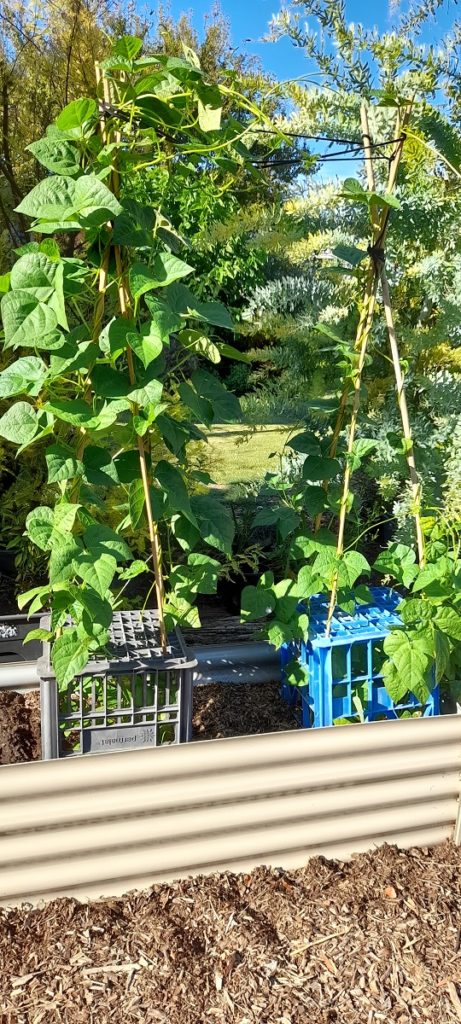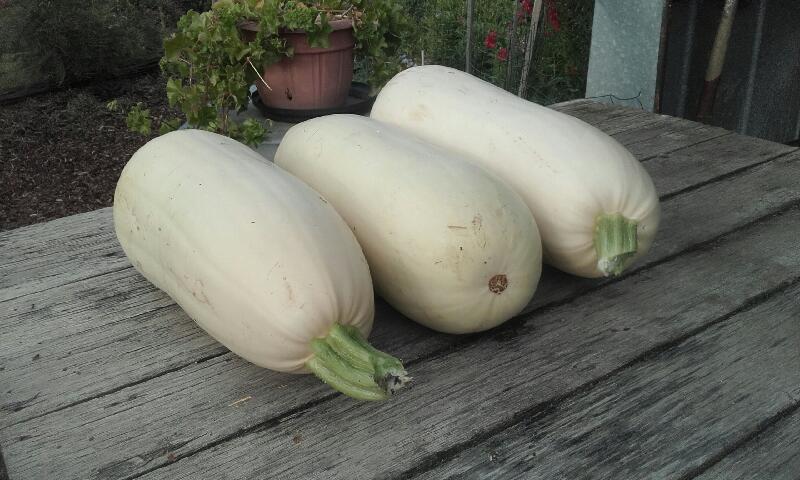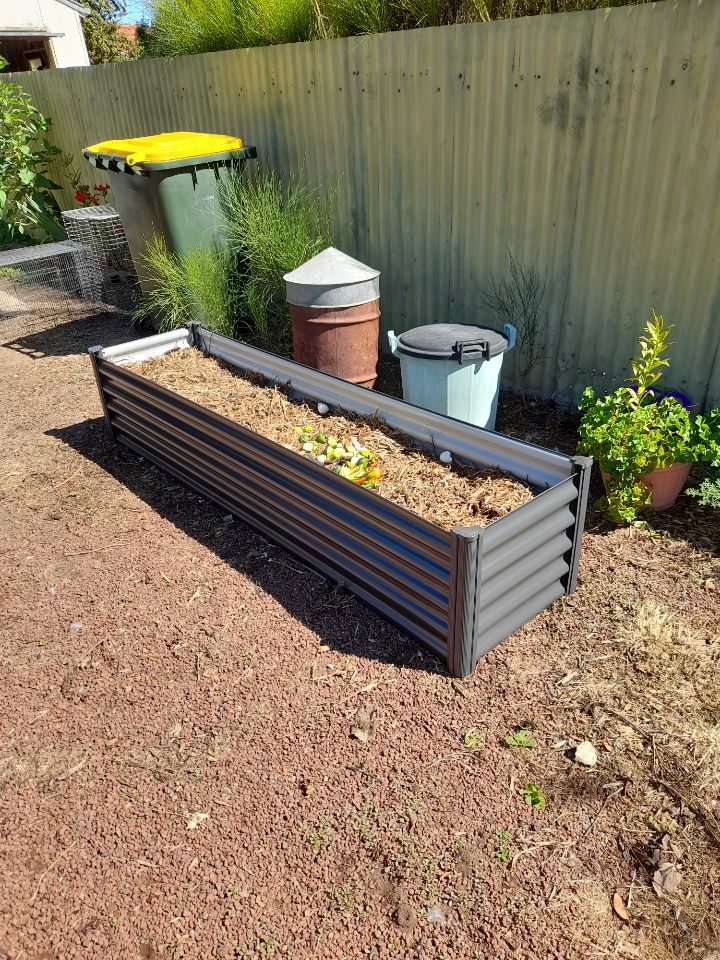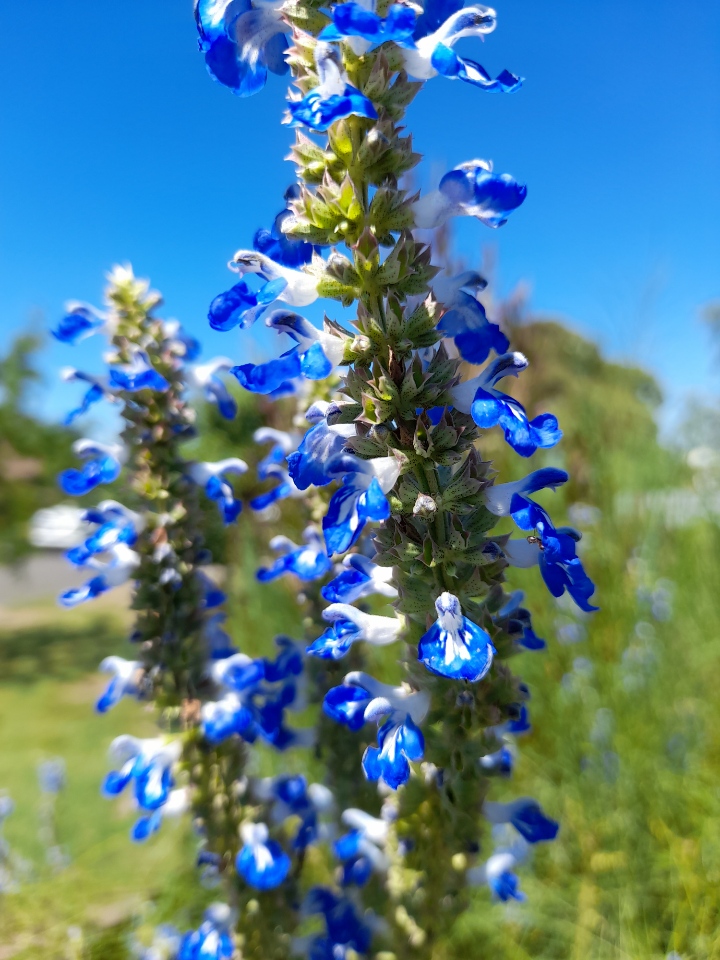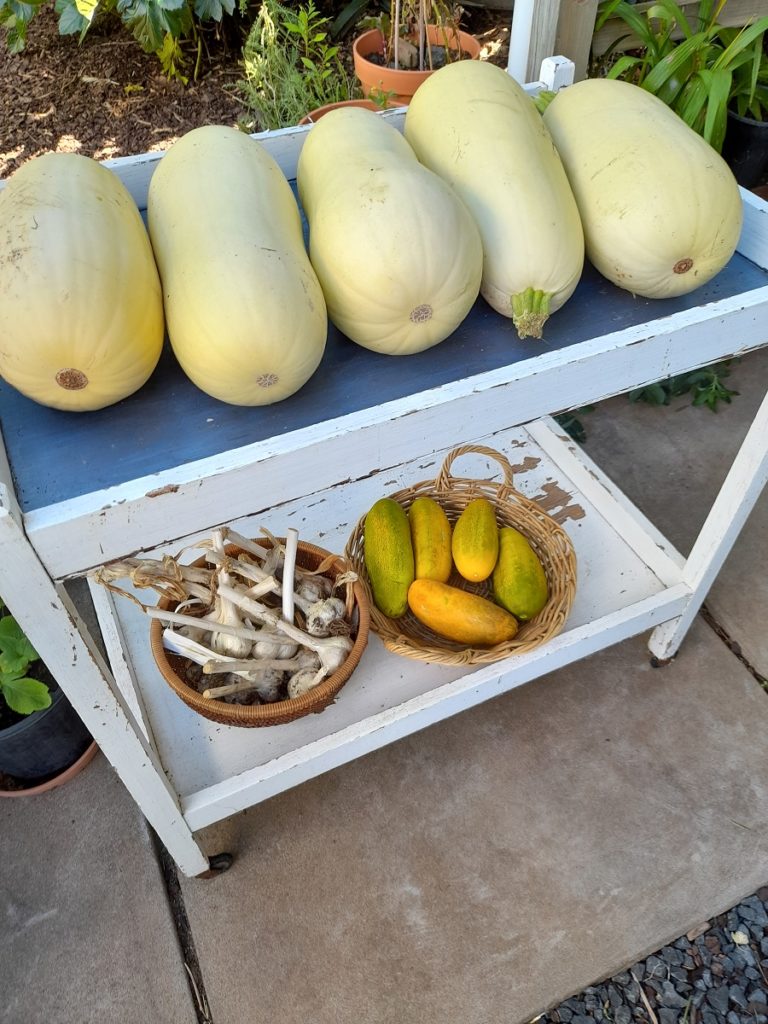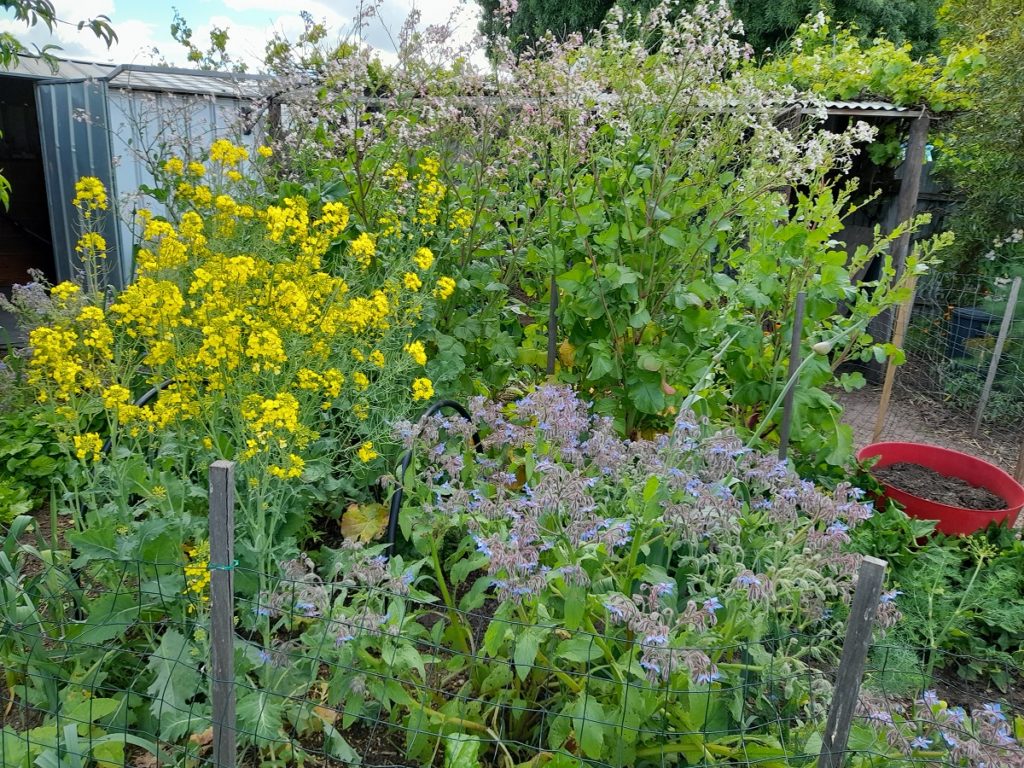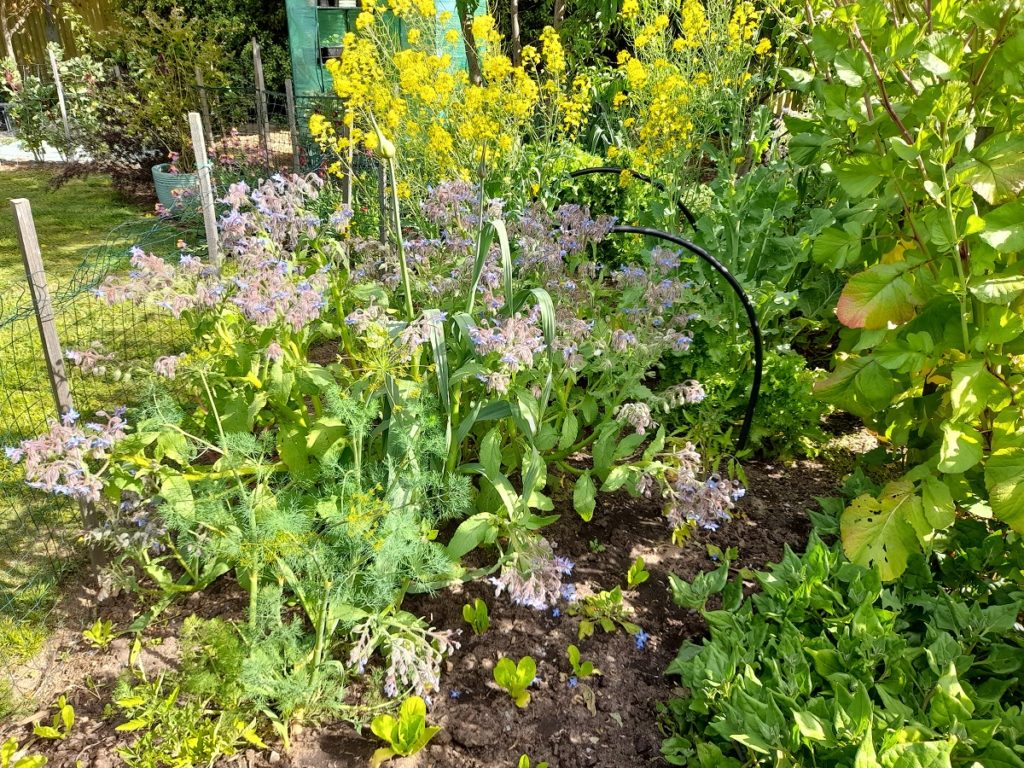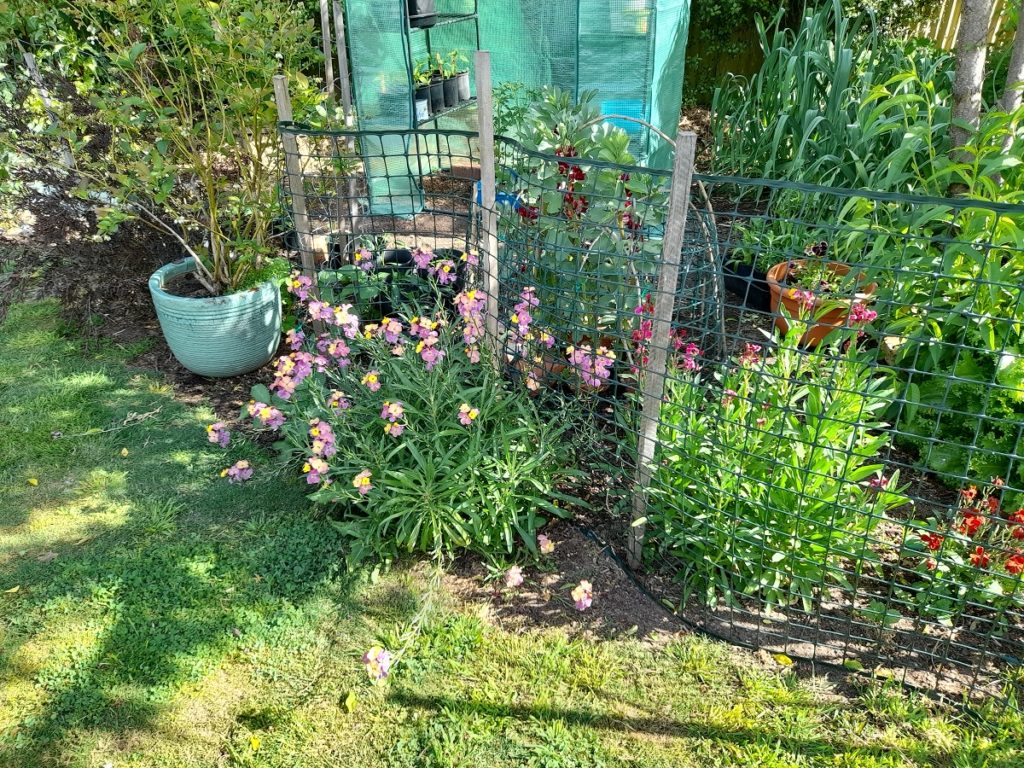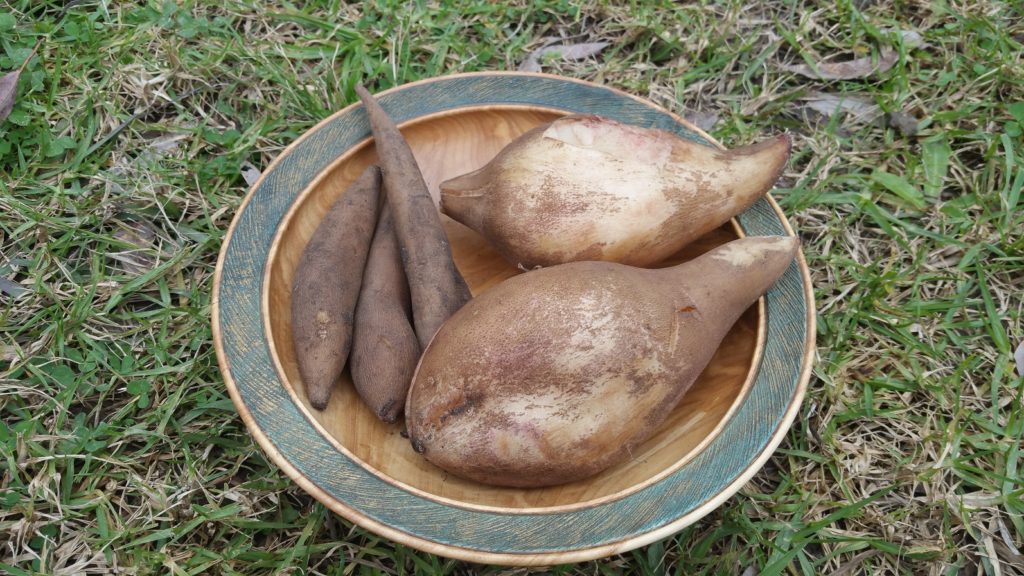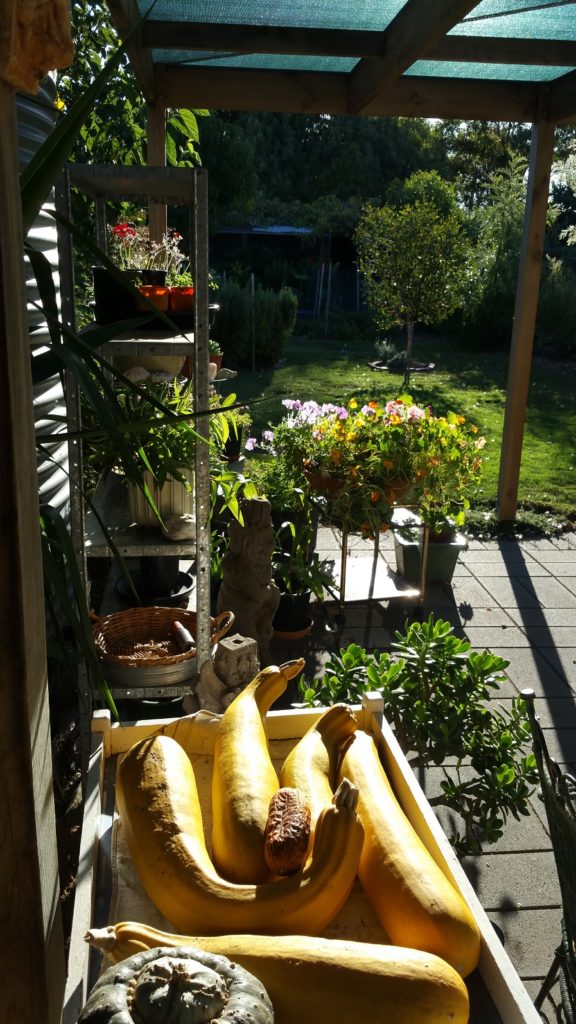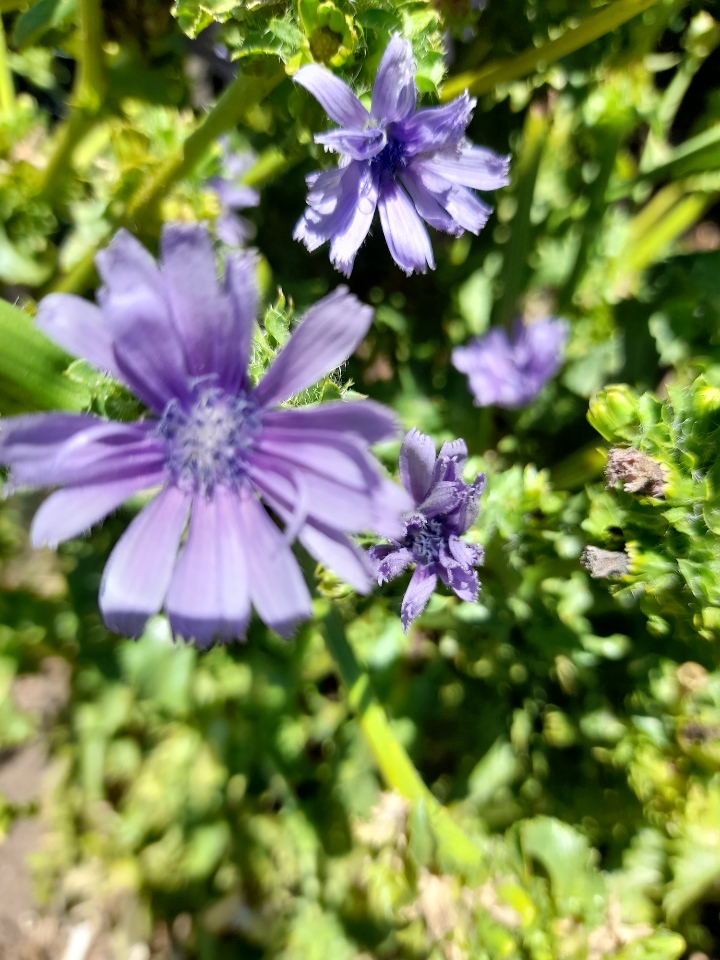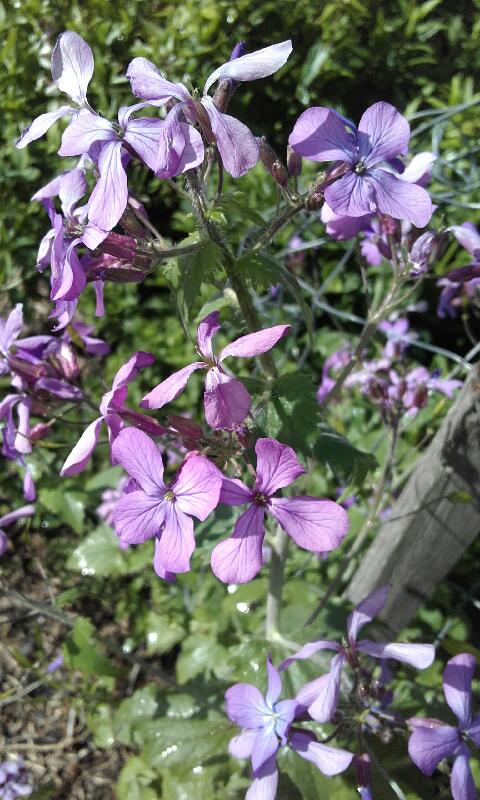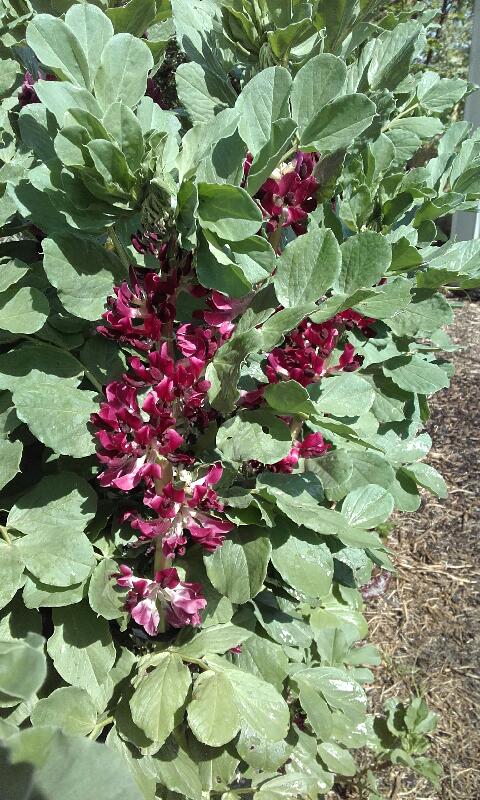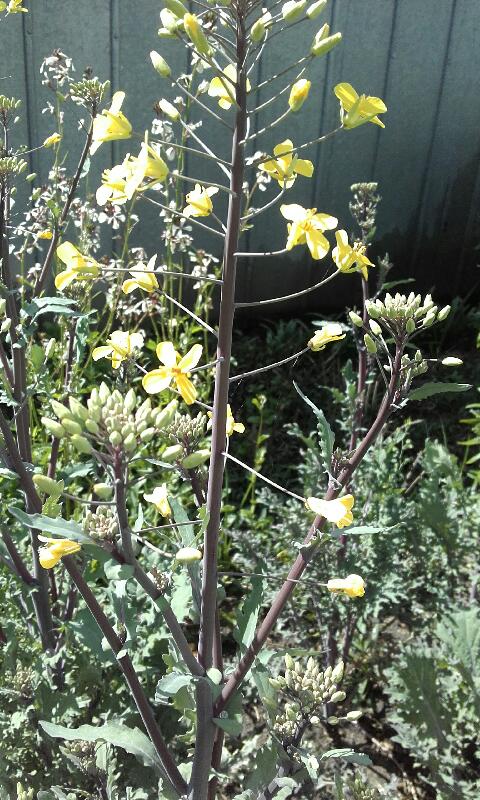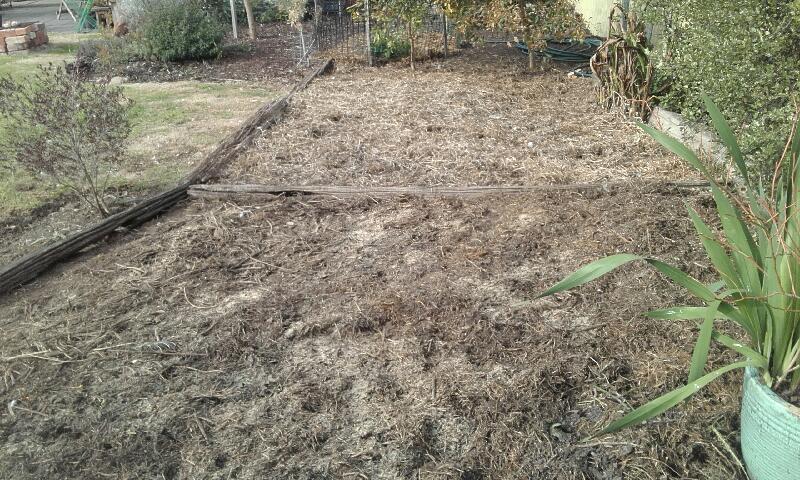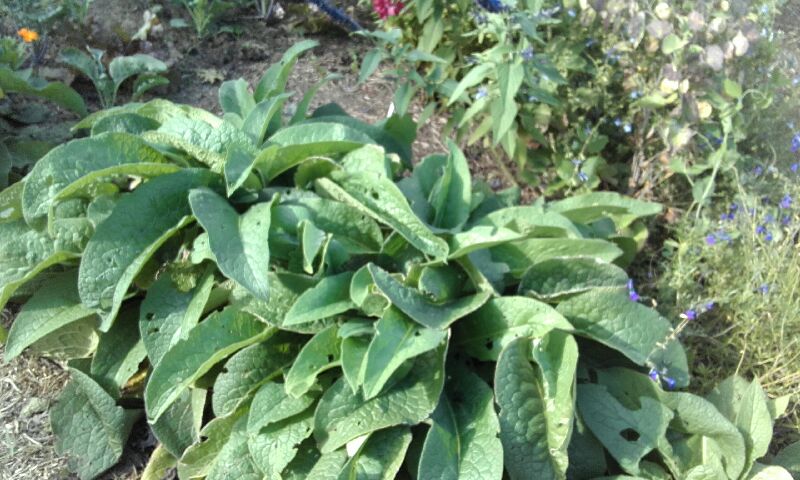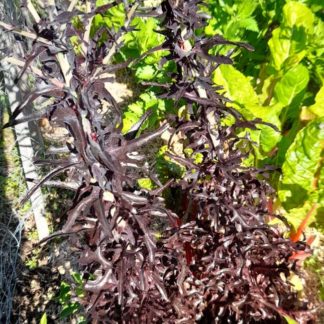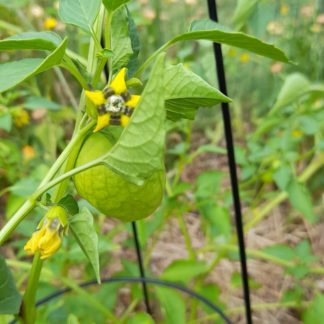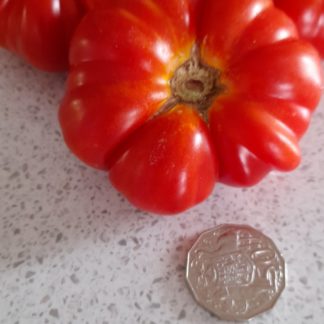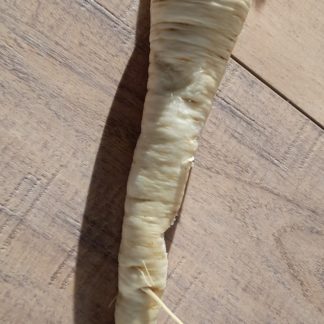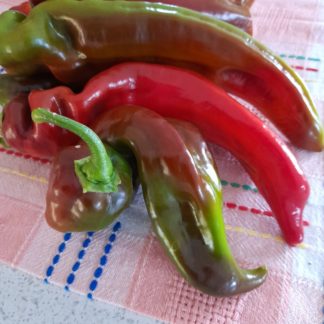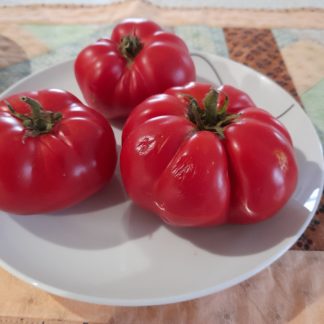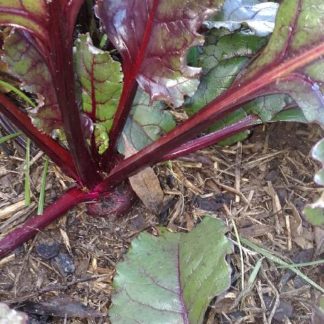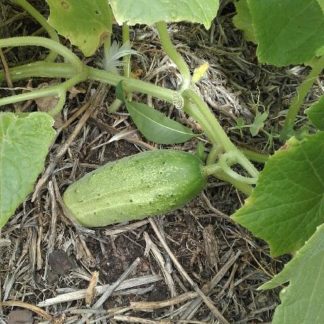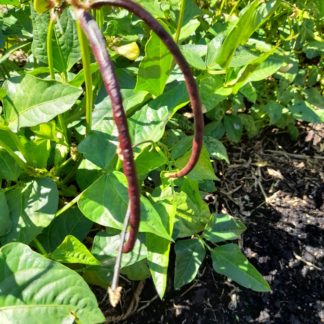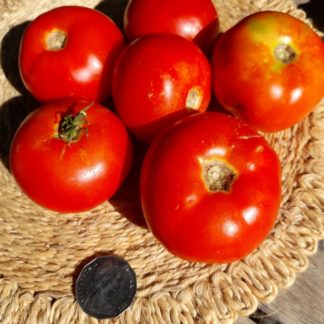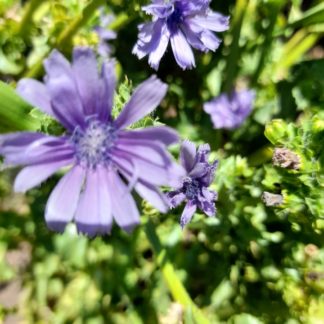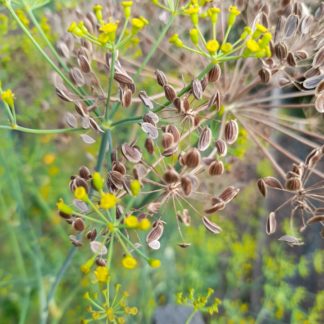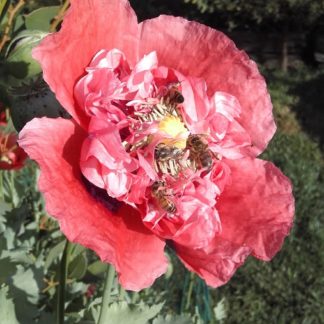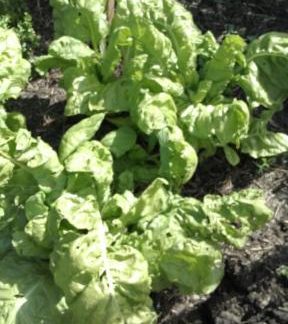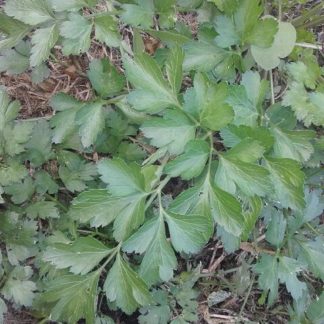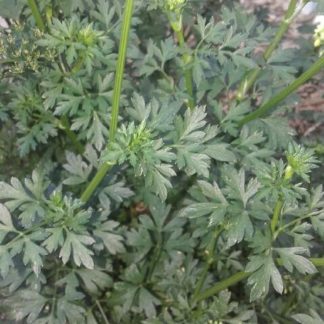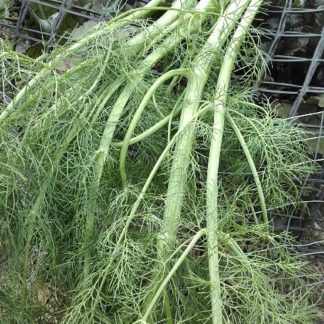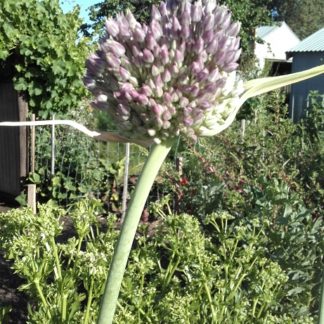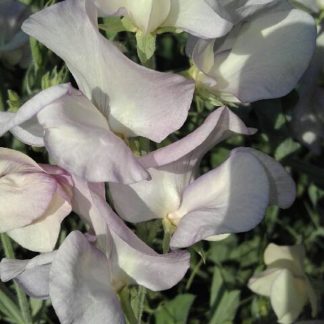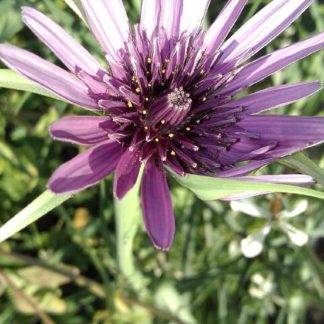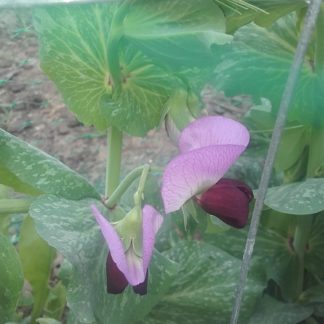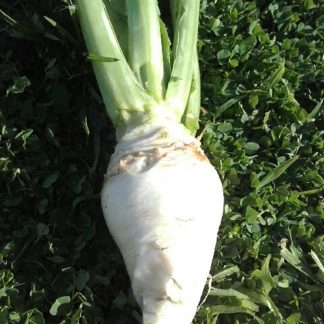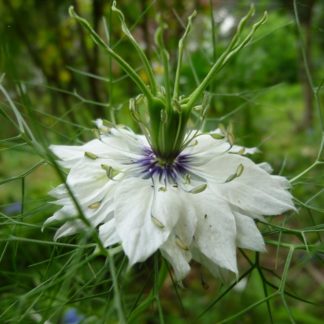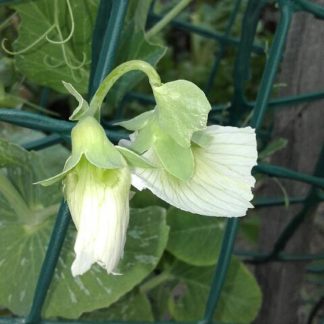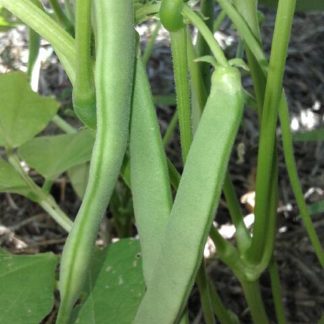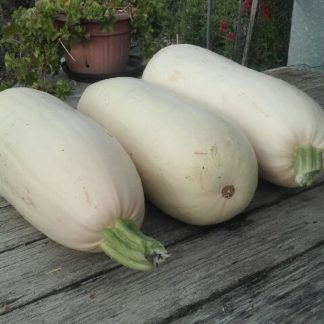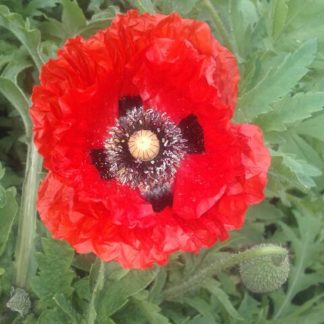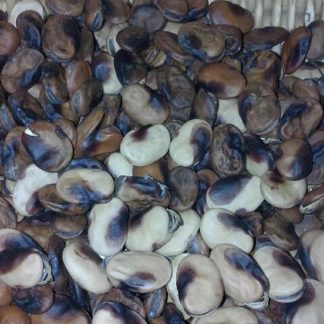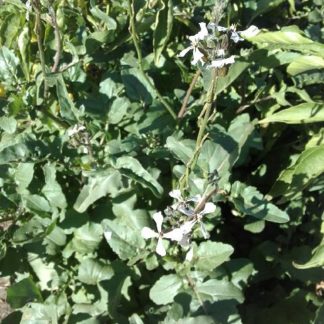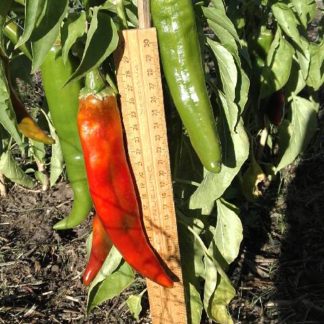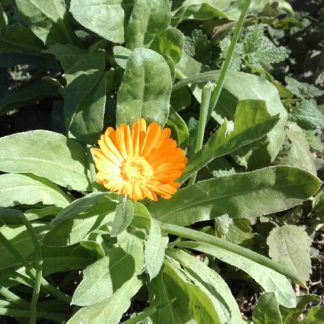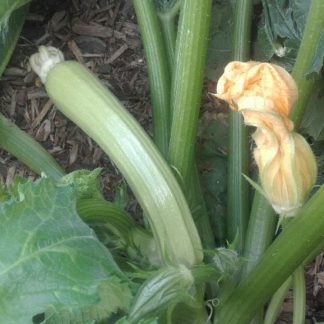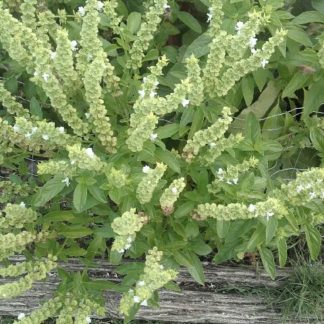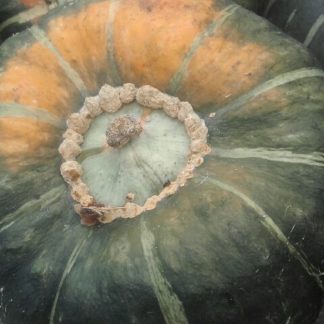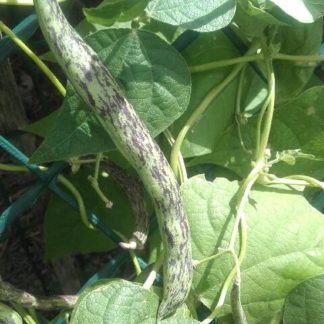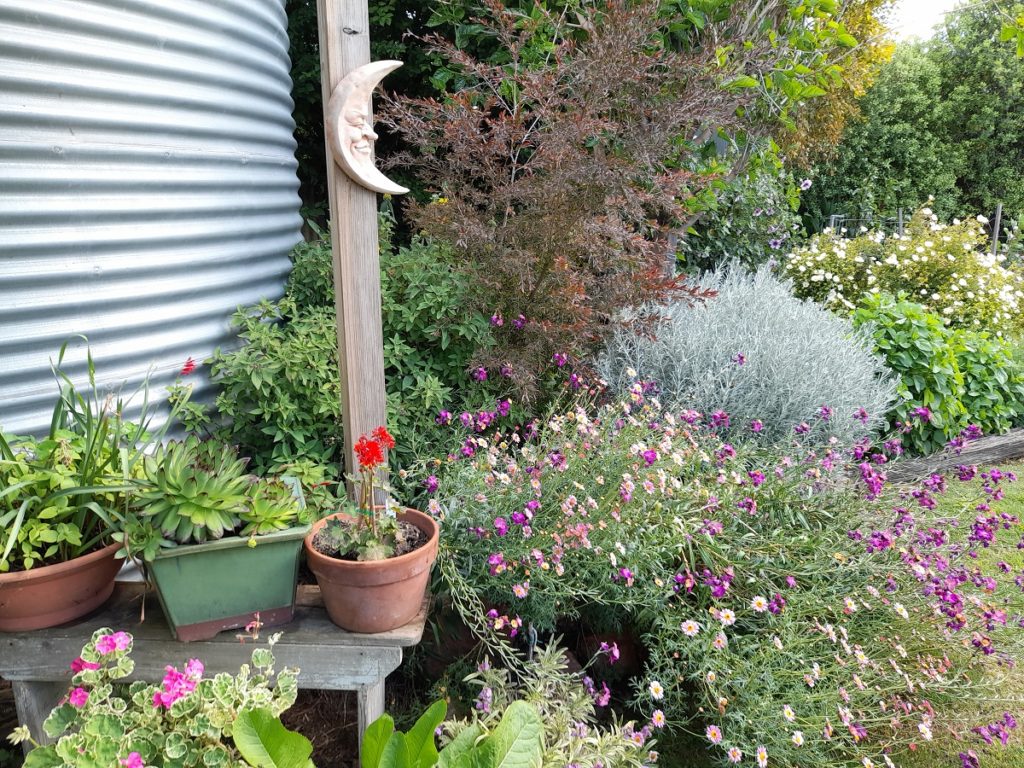
Easy to assemble raised garden beds saved the day last spring and early summer when half the garden was flooded and strong winds destroyed the hot house. This one is on the side of the drive way, and is one of several, in which cucumbers, parsnips, silver beet, capsicums, peas and beetroot have been grown in the last six months. Filled with plenty of compost and topped up occasionally, the plants can reach down into a medium of gravel and wood chips which make the surface of the driveway. The raised beds really give good drainage, but did not save me from the rust which came with the rain and in was in the farm fields all around where fava beans were growing. The farmers lost those crops and had to dig them in. I took my rust affected broad beans to the local tip, where there was an ever growing mountain of garden waste as every one’s garden had turned into a jungle.
While some plants could not cope with the weather, others did better than ever, especially the flowers; poppies, nigella, sweet peas and honesty in particular, made spectacular colour, colonising every corner with self sown surprises. And the garlic did not seem to mind, it did not rot and the soil was so soft it was easy to pull up. Although I think it was just good luck they were growing in a very well drained spot.
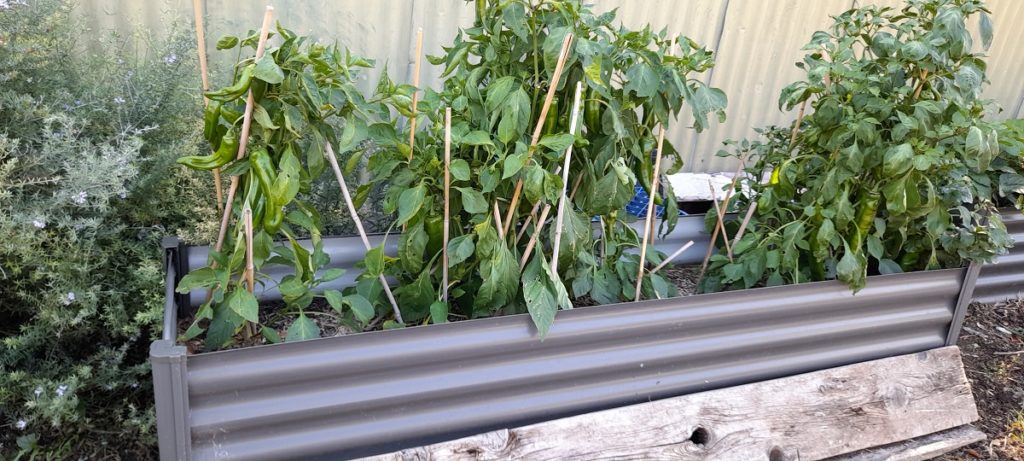
Summer has been cool and nights not really hot enough for growth of some plants. The zucchinis and pumpkins, eggplants and some tomatoes just failed to thrive at all. On the other hand, one tomato variety was a star, Costoluto Fiorentino, which is a strangely ribbed fruit, bright red, slightly flattened and makes excellent pasta sauce. It was amazingly vigorous, climbing up to 3 meters, and totally loaded with fruit. It was not fazed by whatever the weather. Surprisingly too, the Italian Capsicum, Palermo has made a bonza crop. This is a very crisp and sweet capsicum that lends itself to many culinary uses, raw in salads, pickled in chutney and complimenting casseroles.
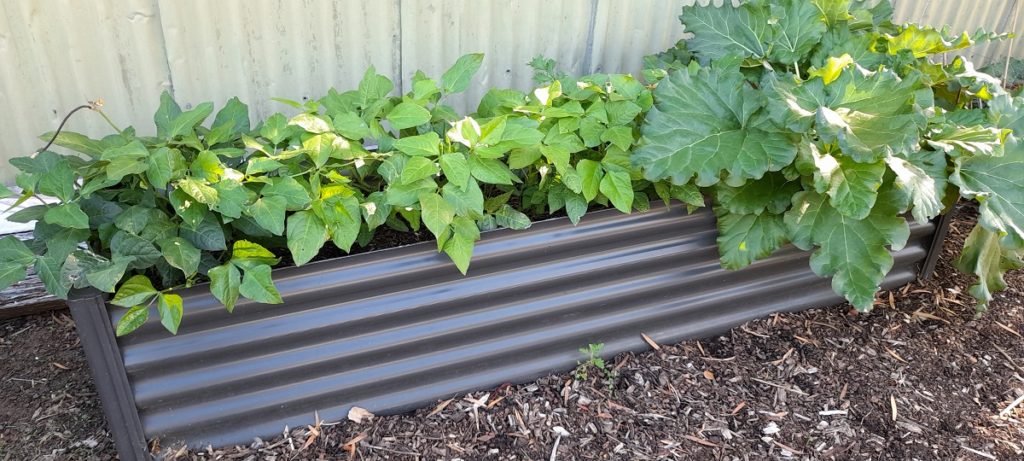
Seed availability for peas and beans is low, in winter I struggled to keep some peas alive and could not start beans until well into January as it was too damp and cold till then. So yields are low this year. Still, as a seed saver, I always keep a few seeds aside , never sow every last seed, and even if I only get a handful of good quality fresh seed, that is enough to try again next season. In times like this I may not get to eat any of the produce myself, especially if the seeds are of a particularly rare variety.
Am just starting winter vegetables now, parsnips and turnips are up, garlic and bunching onions are planted, and the re-erected hot house has several shelves of Chinese broccoli slowly coming along. Time to get more silver beet started and coriander and corn salad. Always the hope for the next season keeps us growing. Always time to plan for the next season. Hope you have good luck and good weather ahead!!
